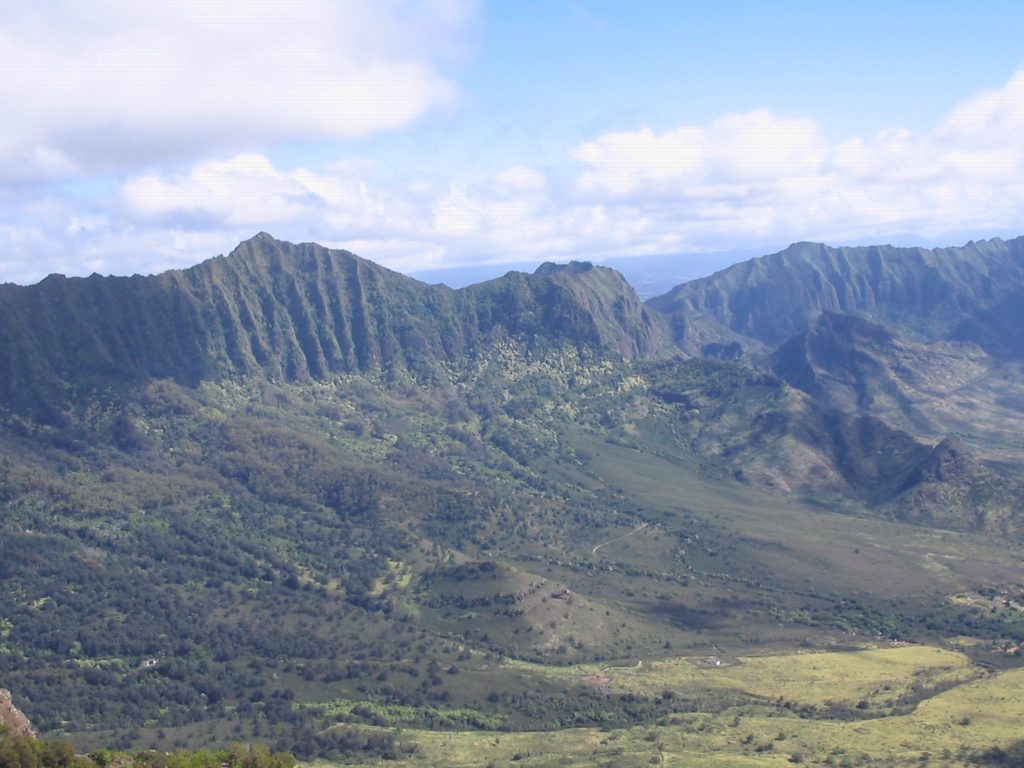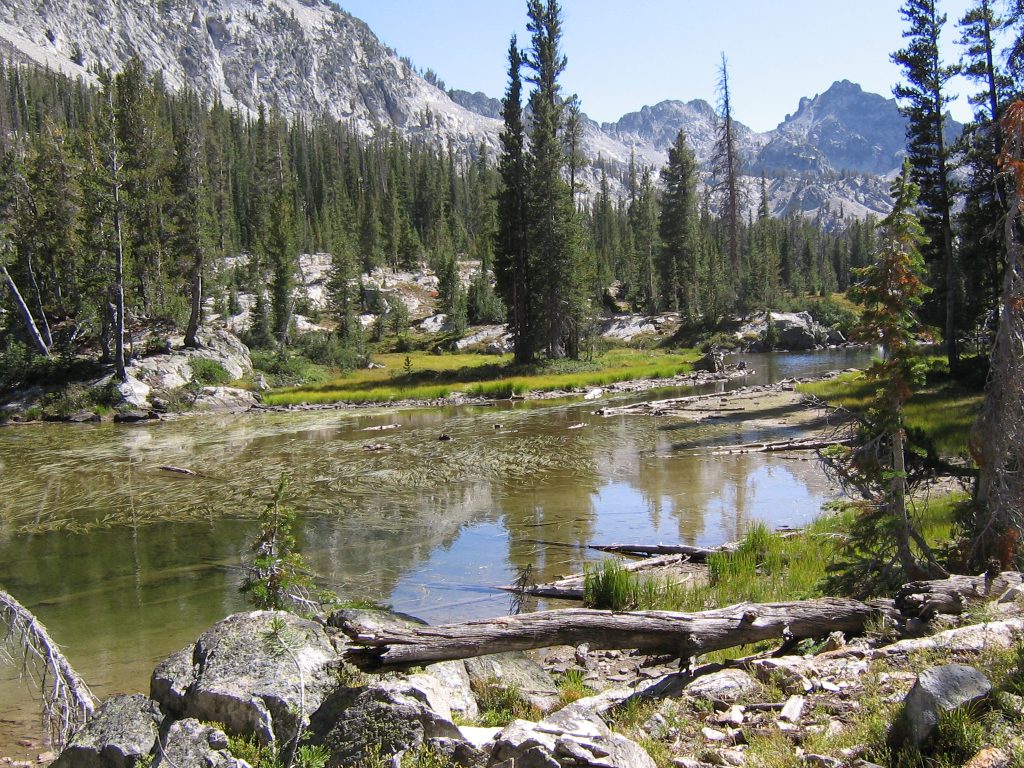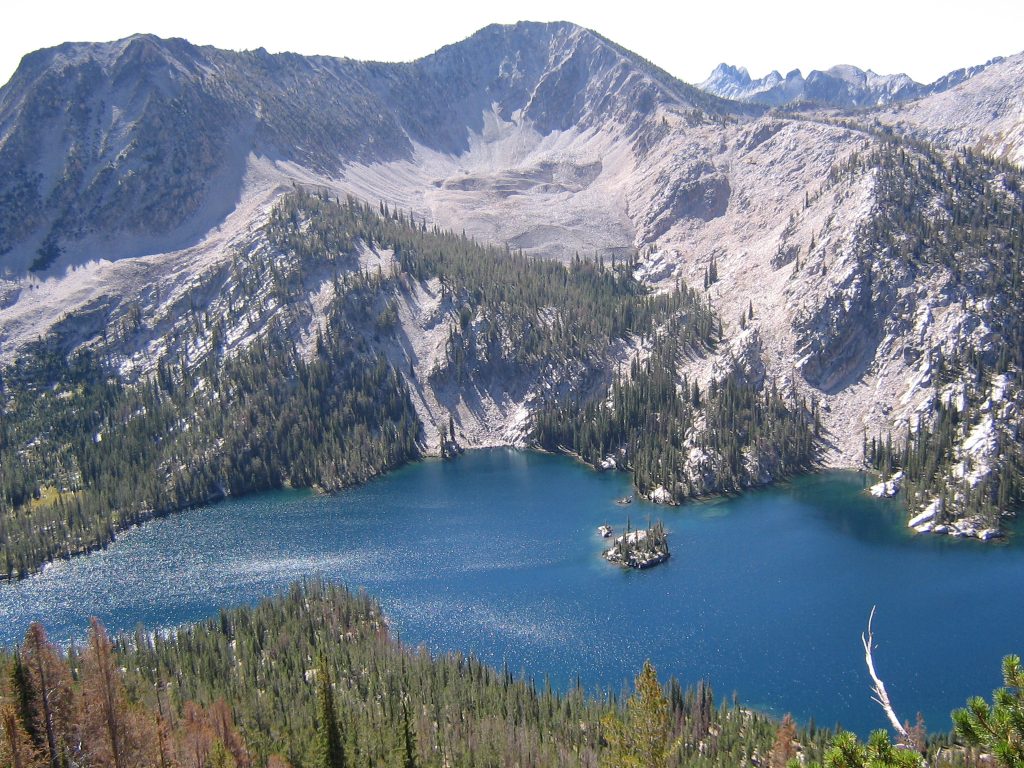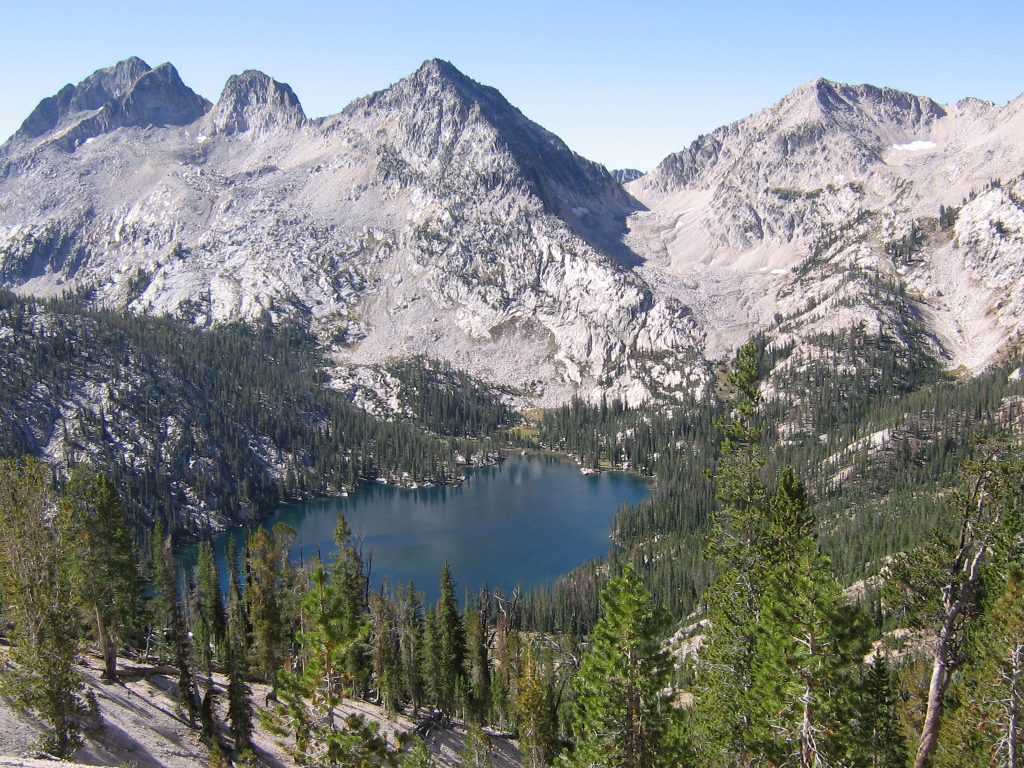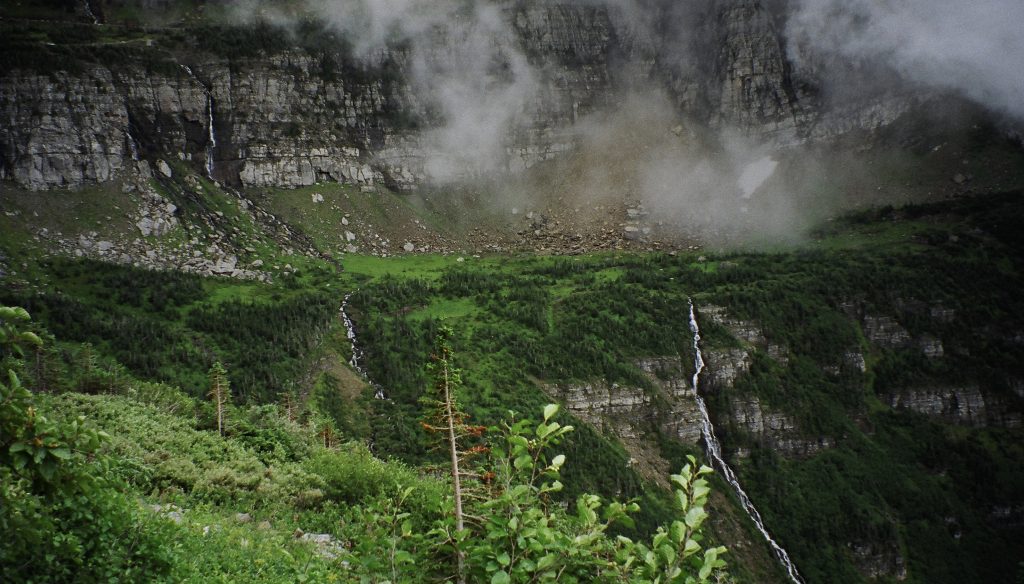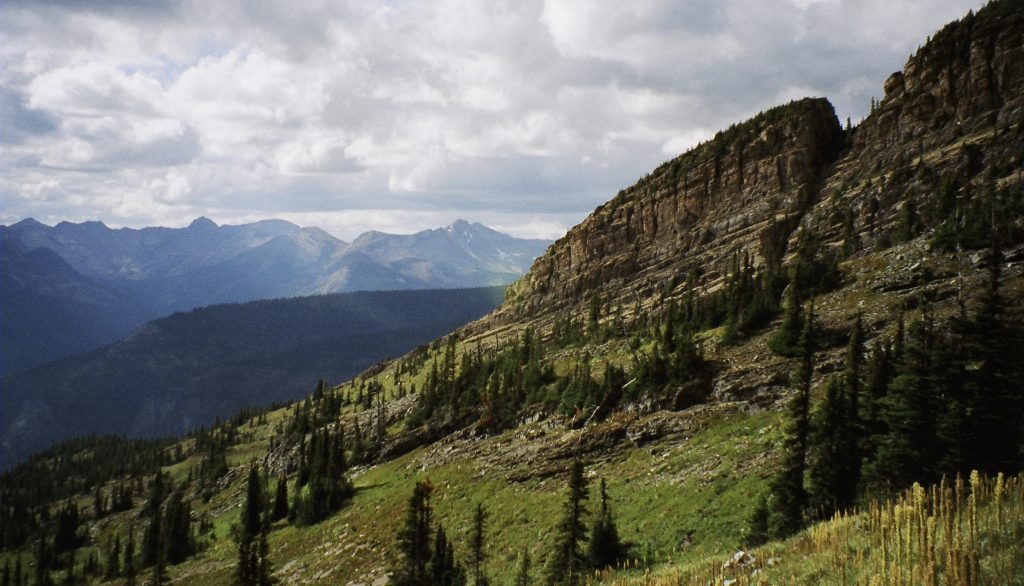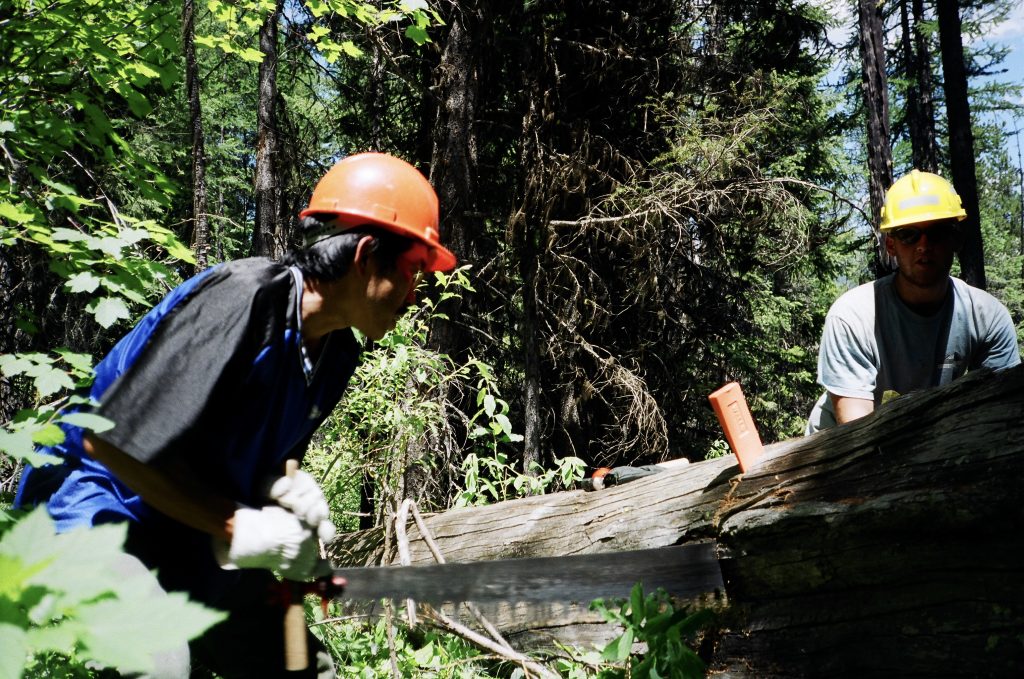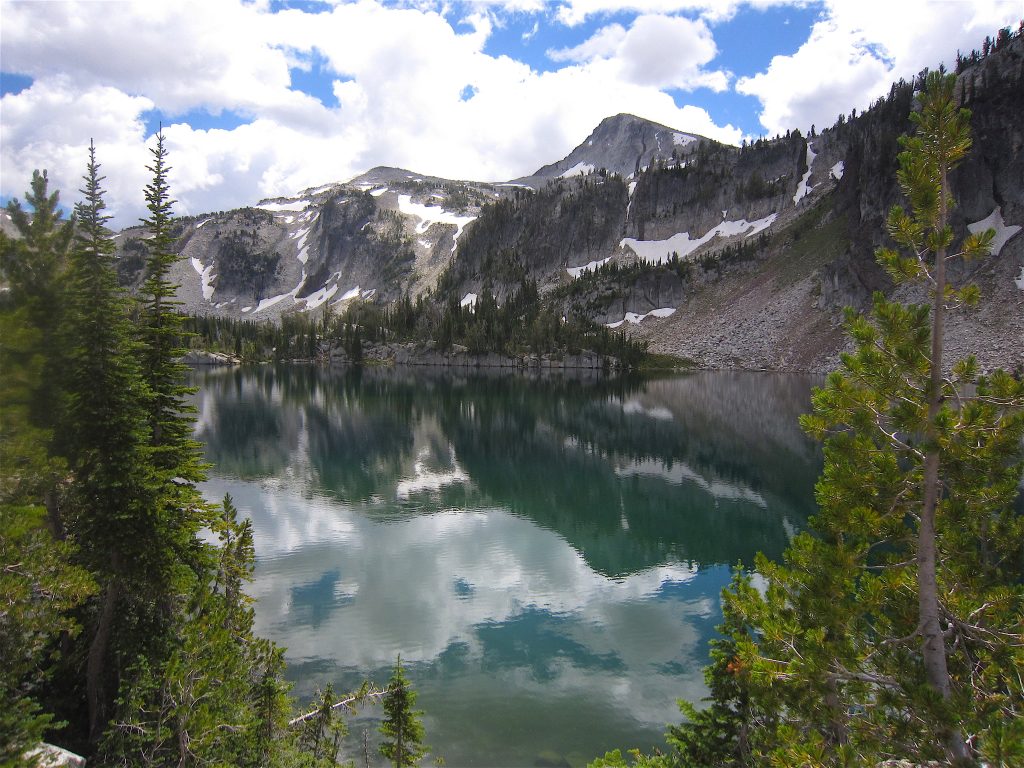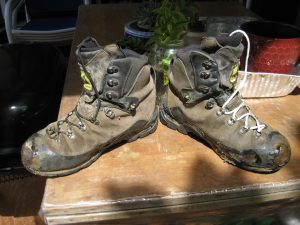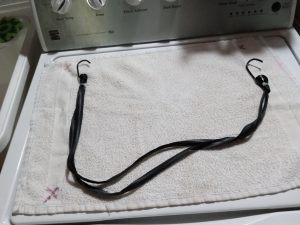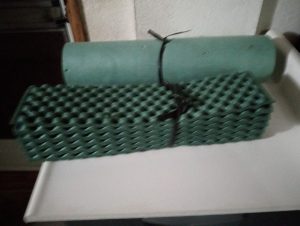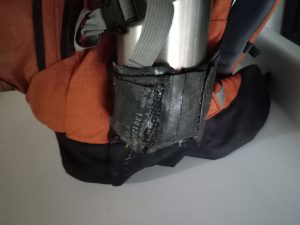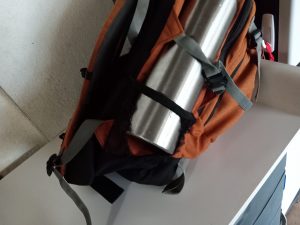Talk Story with Arnold Fujioka
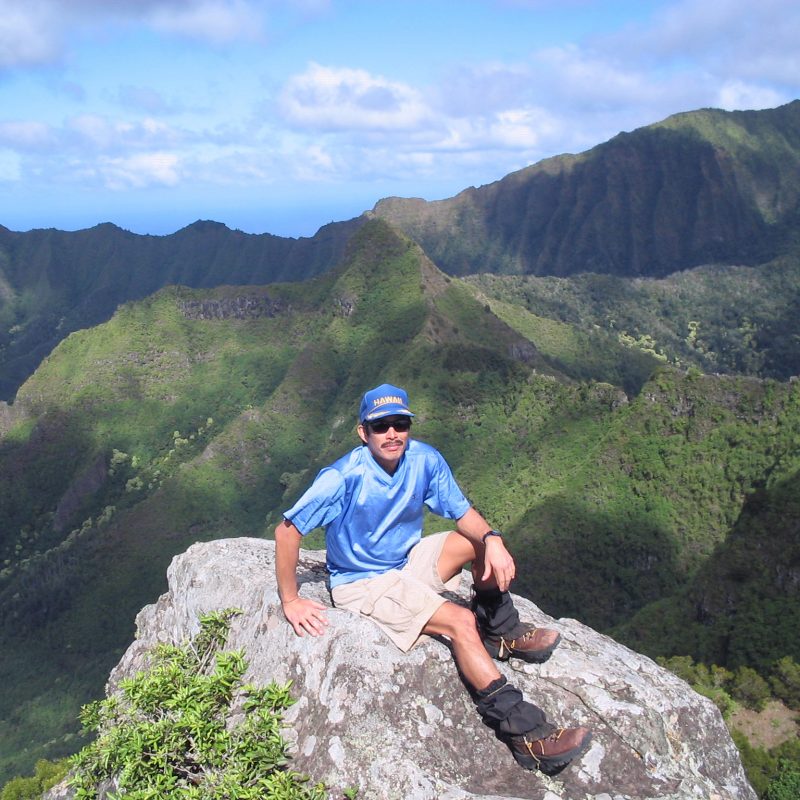
HTMC Talk Story #12
October 13, 2022
PDF version
The ESSENTIAL Questions
Joined HTMC:
1991
Current favorite hike:
Schofield Waikane
Favorite trail food:
Salted peanuts
Favorite book/movie about hiking:
Stuart Ball’s first hiking guide book
WHEN did you FIRST start hiking and WHY did you join HTMC?
I first started hiking with the sierra club but I soon grew tired of their rules like:
- staying as a group, no going past the leader and slow down for the last person
- no using ropes or cables
- leaders stopping frequently to give 10-15 minute explanations about native plants & Hawaiian history
I joined HTMC in 1991 because I found their style much better than the Sierra Club. Everybody hiked at their own pace and the hikes were more challenging.
Can you think of one MEMORABLE HTMC hike experience that you would like to share?
The first time I did Pu’u Manamana I was using one of the cables to climb up a rock face and the cable broke! My heart jumped out of my chest but luckily I only fell about 6 feet. I have never completely trusted cables or ropes since.
Is HTMC important to you? What is your extent of involvement with HTMC over the years?
The club is important because they provide a great way for people to get into hiking and they maintain all of the best trails on Oahu. I have a lifetime membership and I led club hikes for 25 years but I’ve never served on any committee.
What is your FAVORITE hike on O’ahu?
My favorite trail is the one I led 24 times, Kamaile’unu. The summit has the best view on Oahu. But because of a knee injury, I’m no longer able to reach the summit.
Leading Kamaile’unu so many times was a big challenge. Over the years one of the most difficult tasks was getting people to help me mark the trail. Kamaile’unu is one hike that needs a huge amount of markers, I usually used a whole roll of ribbon. Twice I ended up marking the trail by myself. One time the person who was supposed to go with me got sick on the day before. Another time I misread the calendar, instead of 2 weeks I only had 1 week to mark it. So I marked the trail on Saturday and lead the hike the following day!! I can’t believe I was that crazy in those days. I was so glad when Barb Bruno joined HTMC, for 5 or 6 years just the two of us marked Kamaile’unu before the hike.
Another memorable incident from Kamaile’unu happened when a hiker named Robin sprained a knee ligament coming down the trail. We were a long way from the end so I cut a tree branch with my hand saw and Robin used it for a brace. It was slow going and it got dark. Luckily John Braum had the best hand cranked flashlight I’ve ever seen. During 45 minutes of use he only had to crank it once! The one I bought years ago needed cranking every 2 minutes.
Where have you hiked OUTSIDE of Hawaii? Can you share a memorable experience hiking overseas?
I have gone backpacking in Idaho (Sawtooth Wilderness), Oregon (Eagle Cap Wilderness), Montana (Glacier National Park and Bob Marshall Wilderness), and Arizona (Saguaro National Park).
In 2002, I did a backpacking trip in Glacier National Park and it was incredible. The scenery like waterfalls and mountains are some of the best I have ever seen. Unfortunately, Glacier has been featured in Backpacker magazine many times and it’s all over social media. As a result, it attracts people from all over the world and the roads have traffic jams all summer. That’s why I prefer wilderness areas, they don’t have any roads going through.
The volunteer trips I’ve done in wilderness areas mostly involved tree sawing. During winter, a lot of trees die and some of them fall across hiking trails. These all need to be cut like you see in the photos. In wilderness areas motorized equipment like chainsaws are not allowed. Therefore all the trees have to be cut with either hand saws or crosscut saws.
Wilderness areas get a lot of their funding from businesses called “Outfitters”. Many people want to enjoy the wilderness, but they are either incapable or too lazy to backpack all the way in. They hire Outfitters who carry all of their gear and supplies on horseback. When trees fall across the trails, horses cannot get through so Outfitters and the wilderness societies depend heavily on us volunteers to cut the trees.
On my 5th service trip in Bob Marshall Wilderness after the ranger picked me up at the airport he said that he got there early and watched many plane loads of people go through the gates. Everybody was wearing new clothes, boots, and backpacks. Finally he saw me and he said, “Aha, there’s the man I’m looking for, his boots are all torn up!” I muttered, “Thanks Hah.” Below are photos of my boots, they don’t look too bad do they?
What do you BRING ALONG when you go on a hike?
I always bring 3-4 liters of water, peanuts, a rope, and a folding saw. After I became a leader in 1995 I witnessed several hikers fall off the trail, but they were able to climb back out. I thought, “what if they fall and can’t climb back out?” Then I started carrying a rope on every hike. Over the years I rescued 3 hikers with that rope. After the 3rd rescue (Mike Algiers), I found out that the rope was only rated for 100 lbs. I later told Mike about it and he exclaimed, “Hey I weigh more than 100 lbs!” I replied, “But the rope didn’t break, did it?”I have since upgraded to a nylon webbing rope which is rated for 500 lbs. I don’t think any hikers weigh more than that so it should be safe.
Do you have any concerns about the FUTURE of Hiking in Hawai’i? Any advice on how to balance the increased popularity of hiking with problems of overuse, access issues and rescues?
I am disappointed by the number of great hikes that we’ve lost access to, for example Makapu’u Tom Tom, Kalena, Pu’u Manamana, Dupont. Because of social media, I’m afraid it’s impossible to prevent overuse and erosion. We can only encourage our members not to post their hike photos on social media.
What do you think is the key to STAYING FIT as you age?
You have to keep reminding yourself that even though it gets more difficult as the years go by, staying in shape is much better than turning into a fat lazy slob.
Is there anything else that you would like to share with HTMC members?
On a different subject, I know there are some bike riders in HTMC. What do you do with your inner tubes if they can’t be repaired? Don’t throw them away! I did that for years until I found out how useful they are. If you cut them into strips they make terrific rubber bands for holding things together like sleeping pads. With a couple of hooks and two zip ties you can make custom-made bungee cords. And for damaged gear like backpacks, you can fix them with shoe goo and some pieces of inner tube (see photos).
About
Arnold Fujioka
I grew up in the Nuuanu valley area, attended the University of Hawaii, served four years in the Air Force, then came back to Hawaii.

